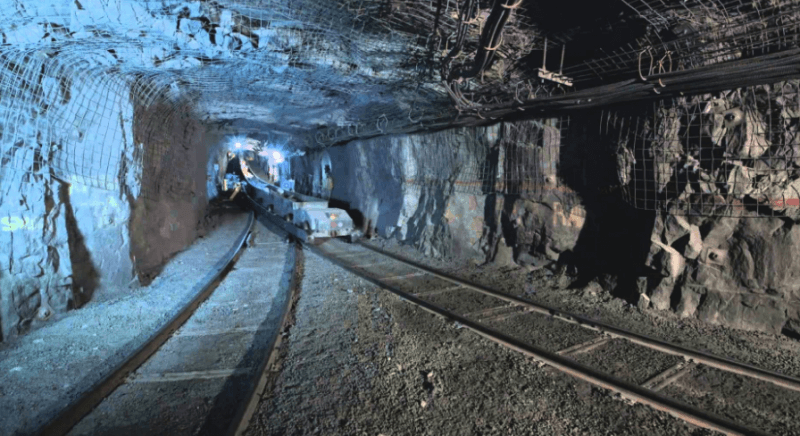Timbering Mining Stopes
Timbering in stopes ranges from occasional light props or stubs to temporarily support patches of unsafe ground to regular timbering with square sets and large bulkheads or “cribs” of solid timbers. Regular stull timbering has been mentioned. Figure 94 shows this type of timbering in a narrow, steep-dipping vein. Figure 116 shows regular stub timbering […]
Underground Stoping Practice & Methods
The general conditions to which each of the principal stoping methods is applicable have been stated briefly in the preceding pages. Variations of the principal methods, differences in methods of drilling and blasting, handling ore and waste in the stopes, transferring broken ore from the stopes to the haulageways, and filling and timbering operations, and […]
Stoping Mining Methods
The subject of stoping has been discussed at considerable length by Jackson and Gardner in a Bureau of Mines bulletin. Data in this bulletin were compiled principally from those presented in reports, dealing with methods and costs at about 75 individual mines, previously published in information circulars. The principal mining methods have been summarized in […]
Ore Hoisting Methods
Shaft Stations, Storage, and Loading Pockets Arrangements for handling ore and waste at the shaft will depend on the method of hoisting (whether in buckets, in cars on cages, or in skips); the tonnage and physical characteristics of the ore; whether two or more classes of ore must be hoisted and kept separate; the method […]
Waste & Ore Pass Design @ Underground Transfer Points
Ore passes are simply vertical or inclined openings for transfer of broken ore to the haulage system. They may be raises in the ore or in the walls of the deposit or timbered openings through filled stopes and, as previously stated, usually terminate at the bottom in some form of loading chute. They must be […]
Underground Ore Loading Chutes; Ore Chute Design
Gravity usually is employed wherever possible to move broken ore from stopes to the haulage levels, and ore-passes from the stopes terminate at the bottom in chutes, by means of which the flow of the ore into cars or onto conveyors can be controlled. An exception is where scraper haulage is employed on the level […]
Rock Hammer Drills
The hammer drill rightly receives the credit for having made the one-man drill possible, and so many economies seem possible through the proper application of different types of hammer drills to various mining, quarrying, and excavating operations, that an indication of the economies effected by the New Jersey Zinc Co. at its Franklin mines may […]
Underground Mining Transportation & Haulage Systems

Transportation of Ore and Waste For the purpose of this discussion, “transportation” signifies the operations involved in transporting ore and waste from the face or stope where it is broken to the surface but not the handling of the ore within the stopes, which will be discussed under Stoping. It therefore includes loading cars from […]
Mining Stope Development Method
Stoping The foregoing discussion relates to general mine development and covers the work required to reach and penetrate the ore bodies and to provide the main arteries through which the ore is taken from the mine. These arteries provide mine drainage and avenues for travel and transportation of men and supplies and for installation of […]
Mining Levels: Stations, Drifts, & Crosscuts
Lateral Development In tabular, dipping lodes and thick massive deposits the ore bodies are developed laterally at several horizons spaced at more or less regular vertical intervals. In areas of high relief each horizon may be developed by driving an adit into the side of the hill, from which branch headings are driven as required. […]
